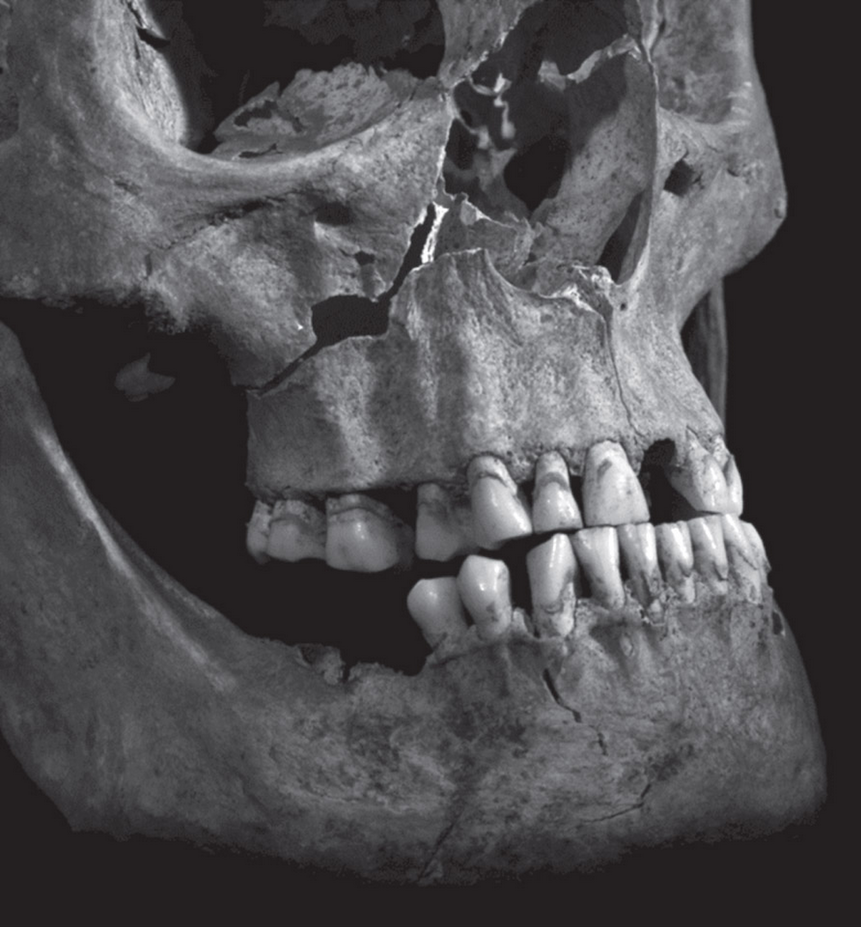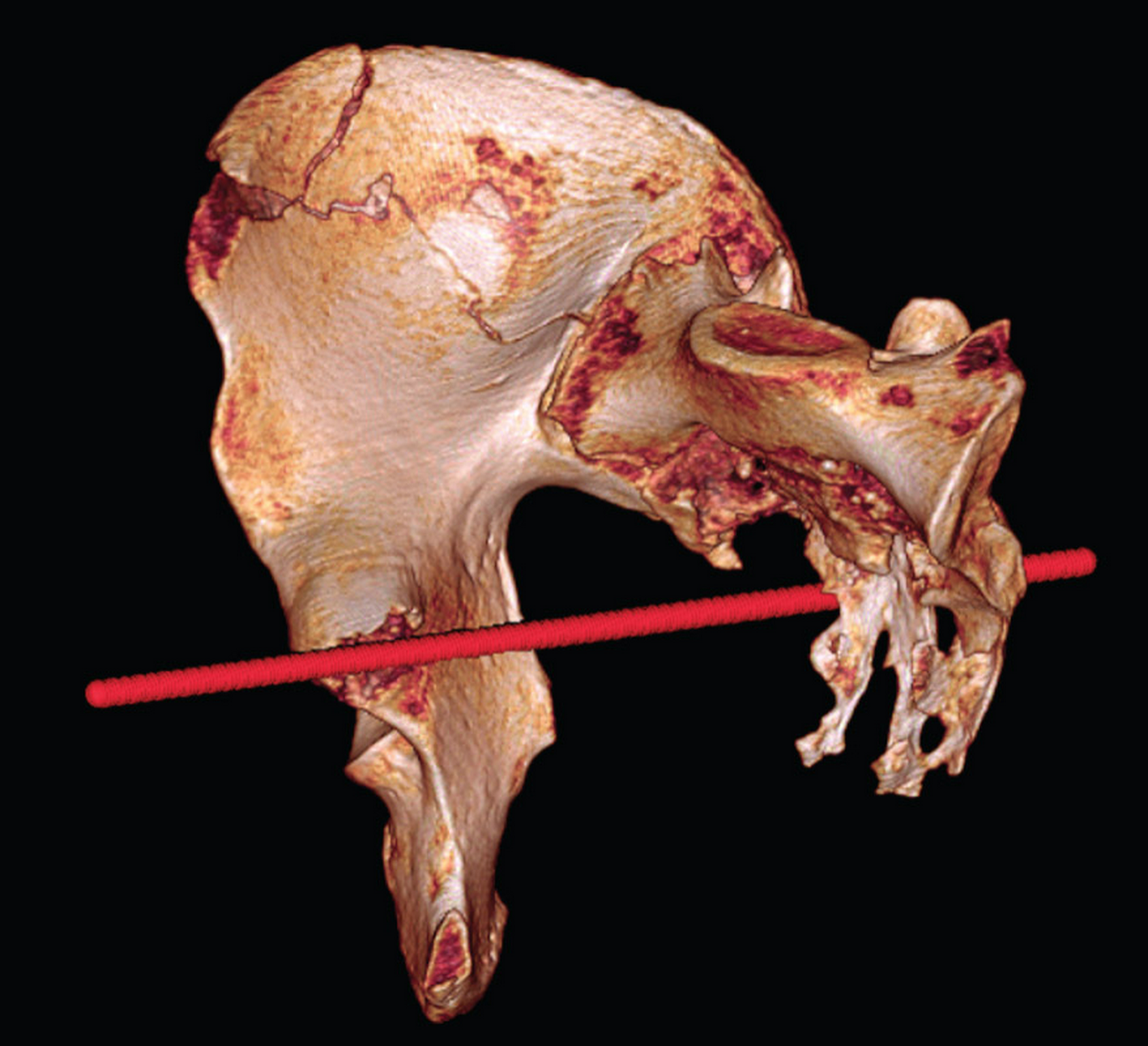Thanks to modern forensic techniques, an English team was able to determine the criconstance of the death of King Richard III, found buried under a parking lot in 2012.

Using modern forensics to determine the cause of the death of a 15th-century king, it had to be thought about. Yet this is what a team from the University of Leicester (United Kingdom) attempted on the body of the mysterious and controversial Richard III. In The Lancet, appears a detailed account of the wounds inflicted on the king at the time of his death. With this study arises one of the most enduring puzzles in the history of the United Kingdom.
11 battlefield wounds
What did Richard III die of? Historical reports have never been able to determine this with precision. The latest research from the University of Leicester draws up a precise inventory of the marks of wounds present on the body of the English king, who died on August 22, 1485, on the battlefield of Bosworth. For this, the team used full scans of the skeleton, and of certain areas. Thanks to the traces of injuries, they were also able to determine which medieval weapons were at the origin.
A total of 11 injuries perimortem (surrounding death) were noted. 9 of them hit the skull, suggesting that Richard III had lost or removed his helmet, 2 the rest of the body (one on the ribs, one severe on the pelvis). None having had time to heal, and all being quite distinct, the researchers conclude that they were inflicted on the battlefield. And three of them could be at the origin of the death of the English king.
No helm, but armor
“Richard III’s wounds evoke a sustained attack or an attack by several assailants with weapons from the late Middle Ages,” explains Sarah Hainsworth, author of the study. “The skull injuries suggest he was not wearing a helm, and the absence of defensive wounds on his arms and hands indicate he was still wearing armor at the time of his death. “

Source: The Lancet/ Leicester University
The king fought on foot
“The wounds that most likely caused the death of the king are in two areas of the lower aspect of the skull: trauma inflicted by a large, quick force, perhaps a sword or a long weapon, such as a halberd or a vouge, and a penetrating wound that comes from the tip of a sharp weapon, ”continues Professor Guy Rutty, co-author of the study. “Richard III’s head injuries correspond to contemporary reports of the battle, which suggest that Richard abandoned his horse after being caught in a quagmire, and that he was killed fighting his enemies. Some could even be the result of an attempted scalp.
As for the other potentially fatal injury, inflicted on the pelvis, it is 30mm wide and was most likely caused by a thin bladed weapon. The researchers believe that while the king was alive when he received the blow, his pelvic organs, including the bladder, were severely damaged, and internal bleeding occurred. But it is also likely that it was inflicted post-mortem. If he had been alive, they believe, he would have worn specific armor that protects against such injuries.

King Richard III’s pelvic injury (The Lancet/ Leicester University)
As a reminder, the remains of Richard III were discovered in 2012 under a Leicester car park. He is known as the last English king to die on a battlefield, but by the eponymous play by Shakespeare, who mistakenly described him as a “hunchbacked toad.” “
Watch the video report from Lancet:
.














